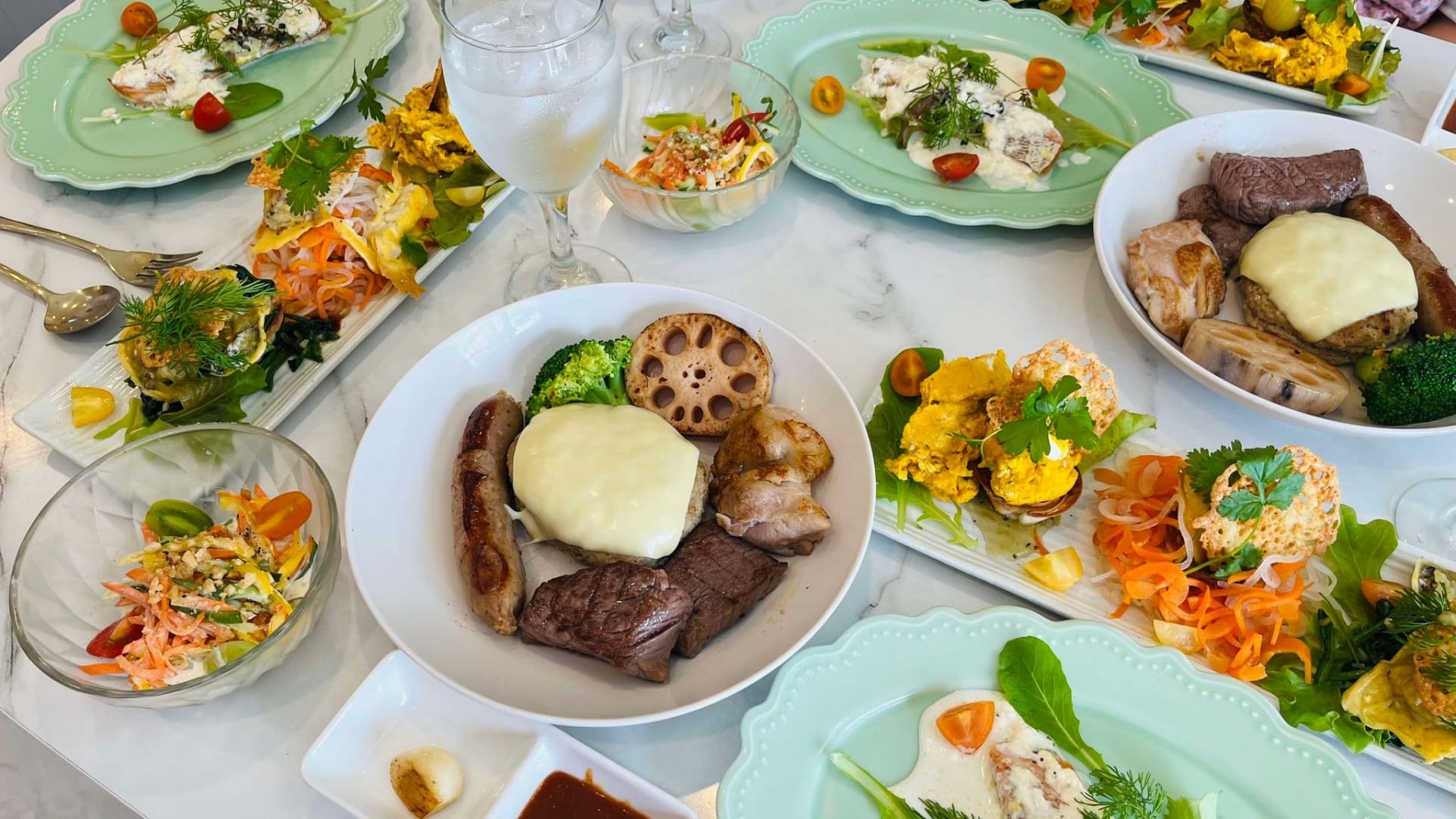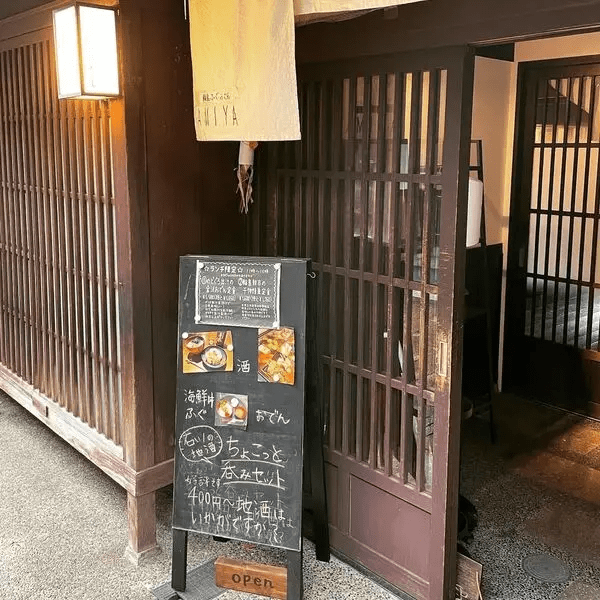Tokyo Restaurants Guide: A Comprehensive Dining Experience for Foreign Tourists
This time I wrote an article about Tokyo, a city I was born and raised. And I updated this article in January 2025 to incorporate my findings from this research, along with the latest information for 2025.
Another reason for updating the article is the growing interest in tours that allow visitors to safely and deeply experience Tokyo. Because Tokyo is a city that continues to develop at a dizzying pace and in complex ways, tourists visiting for the first time find it extremely difficult to discover the truly excellent spots beloved by locals.
This is why food tours led by knowledgeable local guides who know Tokyo inside and out have been gaining popularity, as they take visitors through Tokyo's maze of establishments.
In fact, Magical Trip's tour, which ranked #1 among all tours on Tripadvisor, has been receiving numerous applications.

For those interested in traditional Japanese cuisine especially Sushi, join the "Finest Quality Sushi & Tempura Dining Experience in Ginza," where a knowledgeable local guide will take you to their highly recommended Japanese restaurants. While enjoying sushi, tempura, and sake, your local guide will teach you proper dining etiquette and the best ways to savor each dish.
And if you want to make the most of Tokyo's nightlife, you absolutely must join the "Tokyo Bar Hopping Night Tour in Shinjuku," which is rated #1 on Tripadvisor. You can safely explore Shinjuku's historic retro drinking districts and Kabukicho, the largest entertainment district in Asia, with an expert guide who knows Shinjuku thoroughly.
We hope you'll have a wonderful time experiencing everything Tokyo has to offer by joining a Magical Trip tour!
Introduction
From my perspective, having lived in Tokyo for over 30 years, I've seen the restaurant scene evolve year after year while still preserving traditional flavors. Modern Tokyo is a city where the art of Edomae sushi fuses with the creativity of up-and-coming chefs.
Certainly, there may be challenges for foreign tourists, such as language barriers, difficulty in making reservations, and sometimes limited options for vegetarians. However, from Michelin-starred establishments to late-night ramen shops popular among locals, there's a rich variety of dining options to suit every budget and preference.
As a local, I can proudly say that dining in Tokyo is not just about satisfying hunger; it's a special time to experience Japanese food culture and the spirit of "omotenashi" (hospitality) with all five senses.
I hope this article helps you create memorable dining experiences during your time in Tokyo.
Table of Contents
・Types of Restaurants to Enjoy in Tokyo
・Restaurants for Special Experiences in Tokyo
・Tips for Enjoying Meals at Tokyo Restaurants
・Frequently Asked Questions
Types of Restaurants to Enjoy in Tokyo
Tokyo is a treasure trove of diverse food cultures that fascinates gourmets from around the world. From traditional Japanese cuisine to innovative fusion dishes, restaurants of all genres are available. Here, I'll introduce you to the representative types of restaurants you can experience in Tokyo.
Sushi Restaurants

Sushi restaurants in Tokyo embody the essence of Japanese food culture.
There's an abundance of high-end sushi restaurants offering fresh ingredients, especially concentrated in areas like Tsukiji and Ginza. For example, "Sukiyabashi Jiro" and "Kyubey" in Ginza are known as famous restaurants that have earned Michelin stars. At these establishments, you can enjoy Edomae sushi made with the highest quality seasonal ingredients.
On the other hand, conveyor belt sushi chains like Kura Sushi and Sushiro are popular for their affordable prices. These chain stores offer sushi at reasonable prices while maintaining quality. I often visit these places casually with friends and family.
The charm of conveyor belt sushi is that you can try various types of sushi in small portions. Also, features like touch panel ordering systems and multilingual menus make them easy to use for foreign tourists.
Sushi restaurants in Tokyo range from high-end establishments to casual places, catering to all budgets and preferences. The taste of sushi, created by the combination of fresh seafood and skilled techniques, will undoubtedly be an essential experience in your Tokyo trip.
Ramen Shops
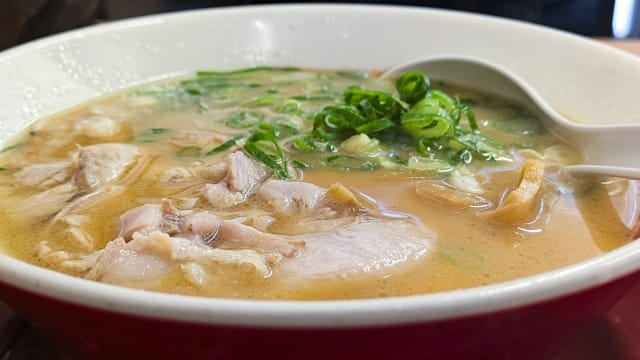
Tokyo's ramen culture is unparalleled in its diversity and creativity compared to other cities.
The appeal of ramen shops in Tokyo is the variety of soups to choose from, including soy sauce, miso, salt, and tonkotsu (pork bone). For example, one of my favorite shops, "Menya Honda," offers a deep flavor profile with its soy sauce-based soup. There are also places like "Tsuta" that have earned a Michelin star for their soy sauce ramen, proving the high artistry of ramen.
A significant feature of many ramen shops in Tokyo is that they operate late into the night. You can enjoy a warm bowl of ramen even after a tiring day of sightseeing or working late. For me, eating a rich tonkotsu ramen after work is a moment of bliss.
Ramen shops are also easily accessible for foreign tourists. Many shops have introduced automatic ticket vending machines with picture menus for easy ordering. You can enjoy authentic Japanese ramen without feeling the language barrier.
Izakaya

I believe that izakaya are one of the places that best express Japanese food culture and social settings. The time spent in a Tokyo izakaya is more than just a meal; it's a valuable opportunity to glimpse into everyday Japanese life.
The charm of izakaya lies in their offering of a wide variety of Japanese home-style dishes at affordable prices. In the downtown izakaya I often visited as a student, I could enjoy small dishes using seasonal vegetables, grilled fish, and tempura that felt like warm, homemade meals from a Japanese grandmother. These dishes provide an excellent opportunity to learn about Japan's seasonal ingredients and cooking methods.
Another feature of izakaya is their extensive alcohol menu. You can enjoy various types of drinks, from sake and shochu to beer and wine. My recommendation is to choose sake that pairs well with the day's dishes. For example, pairing cold, dry sake with sashimi or warm sake with yakitori is one of the true pleasures of dining at an izakaya.
To ensure foreign tourists can use them comfortably, many chain izakaya have English menus and staff who can speak foreign languages. For instance, large chains like "Torikizoku" have introduced picture menus and multilingual tablet ordering systems. These establishments are recommended for those who want to casually experience Japanese izakaya culture.
On the other hand, small, privately-owned izakaya are also attractive. These places are characterized by a casual atmosphere where you can interact with locals. At my favorite private izakaya, I've been able to learn deeply about the history and culture of the area through conversations with regular customers and the owner. Even with language barriers, you can fully enjoy communication through smiles and gestures.
High-End Restaurants
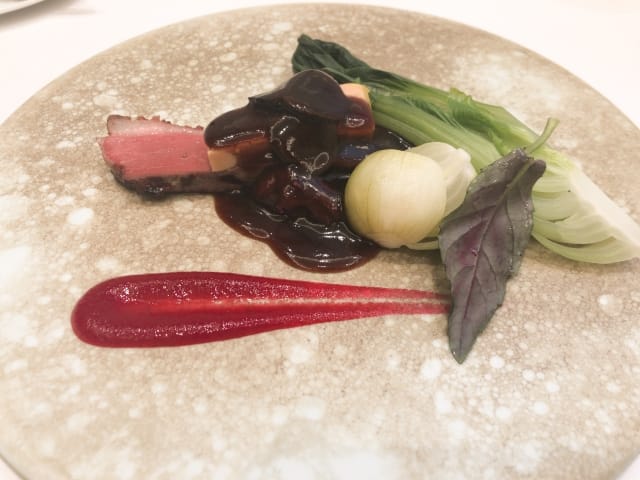
A characteristic of Tokyo's high-end restaurants is that you can also enjoy international cuisines like French and Italian. For example, when I visited "L'Osier" in Ginza for a special anniversary, I was moved by each creative dish that utilized Japanese ingredients while savoring the essence of French cuisine. Also, restaurants like "Narisawa," which focus on creative cuisine themed around Japanese nature, receive high international acclaim.
Many high-end restaurants offer popular private dining rooms that require reservations. In these private rooms, you can enjoy your meal in a relaxed space without worrying about other guests.
Another attraction of Tokyo's high-end restaurants is the ability to taste traditional Japanese cuisine in its highest form. For instance, at the teppanyaki restaurant "Ukai-tei," you can enjoy the highest grade wagyu beef cooked right before your eyes, along with the chef's skillful techniques. Also, at the famous kaiseki restaurant "Kikunoi," I was captivated by the beautiful presentations expressing the changing seasons and the delicate flavors of each dish.
However, it's true that these high-end restaurants can be difficult to book. Popular places may require reservations months in advance. Also, many restaurants have dress codes, so it's recommended to check in advance.
Cafes and Light Meals
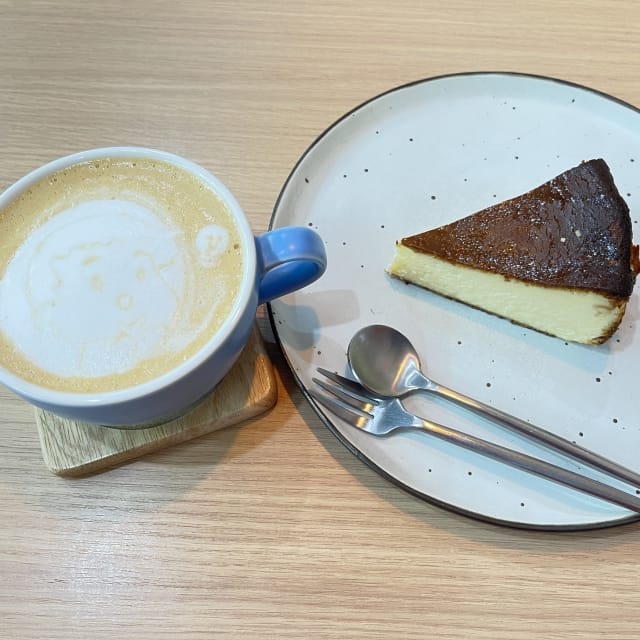
The cafe scene in Tokyo is constantly evolving, and its diversity and creativity are truly remarkable. I often go out to explore new cafes on weekends, and each time I make new discoveries, never getting bored.
One of the characteristics of Tokyo cafes is the abundance of visually appealing menus that are perfect for Instagram. At Hawaiian pancake specialty shops like "Eggs 'n Things," you can enjoy desserts that are truly photogenic, with fluffy pancakes topped with mountains of whipped cream.
Recently, there has been an increase in cafes offering a fusion of Japanese and Western light meals, providing new food experiences that blend traditional Japanese flavors with Western cafe culture. At my favorite "Saryo Tsujiri," you can enjoy parfaits and sweets made with matcha, experiencing traditional Japanese flavors in a modern style.
Tokyo also has many cafes with unique concepts. For example, at cat cafes like "MoCHA," you can enjoy drinks while interacting with cute cats.
Furthermore, Tokyo cafes often reflect the characteristics of their local areas. For instance, in old town areas like Yanaka and Nezu where traditional townscapes remain, there are many retro-style cafes where you can enjoy a nostalgic atmosphere. On the other hand, stylish areas like Omotesando and Aoyama are home to trendy cafes incorporating the latest trends.
I encourage you to visit various cafes in Tokyo during breaks from sightseeing. The unique atmosphere and flavors of each cafe will surely enrich your Tokyo trip.
Restaurants for Special Experiences in Tokyo
Tokyo is a treasure trove of restaurants that offer more than just a meal, but special experiences. Here, I'll introduce you to restaurants where you can enjoy unique themes, atmospheres, and special cuisines.
Theme Restaurants
Source: Google Map
Theme restaurants in Tokyo are special places that offer more than just a dining experience. Every time I visit these restaurants, I'm enveloped by a strange sensation as if I've stepped into a different world.
For example, one of my favorites is "NINJA Tokyo," which offers a unique experience themed around ninjas. Here, staff dressed as ninjas serve creative dishes inspired by ninjas in an interior designed to look like a ninja house. Everything about the meal becomes an entertainment, from being guided to your seat through dark passages to being served appetizers shaped like ninja throwing stars.
Character cafes are also hugely popular among anime fans. At places like the "Pokemon Cafe" or "Gundam Cafe," you can enjoy dishes and drinks inspired by popular characters.
These theme restaurants offer an experience beyond just a meal. While the taste of the food is of course important, it's the atmosphere, presentation, and interaction with the staff that create unforgettable memories.
Rooftop and High-Rise Restaurants and Bars

Restaurants and bars located on rooftops or high floors in Tokyo are special places where you can fully enjoy the city's charm. I always visit such places on special days, and each time I'm captivated by Tokyo's beauty.
The biggest appeal of these restaurants and bars is that you can enjoy meals or drinks while overlooking Tokyo's skyline. Sunset time is particularly popular. If you visit at dusk, you can enjoy the cityscape transitioning from day to night along with the changing colors of the sky.
At "The Moon" in Roppongi Hills, the contrast between the sky turning orange and the lit-up cityscape with Tokyo Tower in the background is beautiful, and I never get tired of visiting no matter how many times I go.
However, these rooftop and high-rise restaurants and bars are often popular and may require reservations. They tend to get crowded, especially on weekends, holidays, and during sunset hours, so I recommend making reservations in advance. Also, many places have dress codes, so it's good to check beforehand.
Wagyu Specialty Restaurants
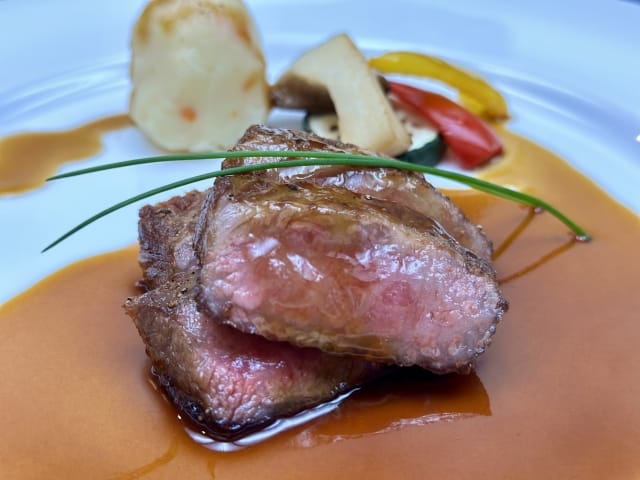
Wagyu specialty restaurants in Tokyo are special places where you can enjoy Japan's finest beef, which is world-renowned. I always visit a wagyu specialty restaurant on special days, and each time I'm impressed by the depth of Japanese food culture and the skill of the craftsmen.
The biggest attraction of these specialty restaurants is that you can enjoy the highest grade wagyu such as Kobe beef or Matsusaka beef. For example, at "Ukai-tei" in Ginza, you can enjoy teppanyaki made with A5 grade Japanese Black beef. I still vividly remember the first time I visited, when I was instantly enticed by the aroma and sound of the marbled meat being cooked right in front of me.
A feature of wagyu specialty restaurants is that you can choose your cooking style, such as yakiniku or shabu-shabu. At high-end yakiniku restaurants like "Jojoen," you can enjoy wagyu cooked to your liking on a grill installed at your table. On the other hand, at shabu-shabu specialty restaurants like "Kisoji," you can enjoy a more delicate flavor by dipping thinly sliced wagyu into hot broth.
Many wagyu specialty restaurants also have extensive drink menus that pair well with wagyu, including sake and shochu. Pairing wagyu with Japanese sake is a wonderful opportunity to deeply understand Japanese food culture.
However, these wagyu specialty restaurants are often popular and may require reservations. Especially for high-end or popular restaurants, reservations may be necessary several weeks in advance. Also, as wagyu is expensive, I recommend choosing a restaurant with your budget in mind.
Tips for Enjoying Meals at Tokyo Restaurants
Dining at Tokyo restaurants is not just about enjoying delicious food, but also a wonderful opportunity to experience Japanese food culture and social customs. However, foreign tourists may sometimes feel confused due to language barriers or different cultural practices.
Here, I'll share some tips for enjoying the best dining experiences in Tokyo restaurants. These pieces of advice come from my own experiences and observations from going around restaurants with my foreign friends.
Reservations Are Necessary for High-End Restaurants
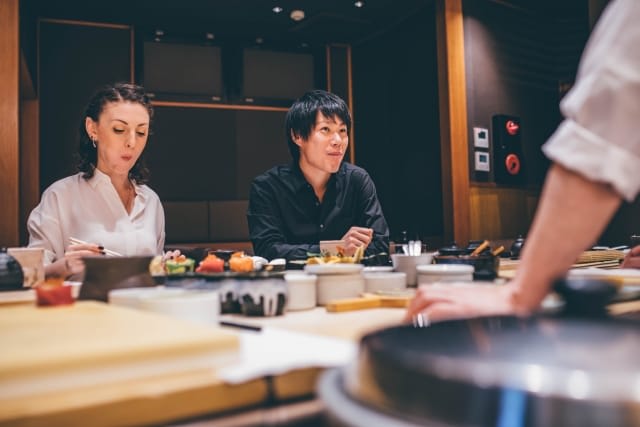
First, many establishments don't require reservations. There are numerous places you can casually enter, especially ramen shops, izakayas, and casual Japanese restaurants. At these places, you can enjoy your meal just by joining the queue of people waiting in front of the store. I'm always grateful for the existence of such places where I can casually drop by after work.
However, it's a different story for high-end restaurants and Michelin-starred establishments. These popular restaurants may require reservations months in advance. For instance, when I visited "Sukiyabashi Jiro" before, I had to wait three months for a reservation. Also, for popular kaiseki restaurants like "Ryugin," it's common to make reservations 1-2 months in advance. At these places, it's almost impossible to get in without a reservation.
When making a reservation, it's absolutely crucial to avoid no-shows (canceling without notice). In Japanese food culture, a reservation means more than just securing a seat. Especially at high-end restaurants, they prepare ingredients and staff for the day's customers. A no-show not only causes significant loss to the restaurant but also takes away opportunities from other customers. I once heard from an acquaintance that after they no-showed once, they were never allowed to make a reservation at that restaurant again.
It's also important to check the same-day cancellation policy. Many high-end restaurants charge a cancellation fee for same-day cancellations. This is to minimize losses for the restaurant for the reasons mentioned above.
When making a reservation, I recommend doing so in Japanese if possible, or asking someone who can speak Japanese. While many high-end restaurants can handle English, reservations often go more smoothly in Japanese. Another good method is to use hotel concierge services or food tours like Magical Trip. They often have good relationships with famous local restaurants and may find it easier to make reservations.
Understanding Japanese Food Culture
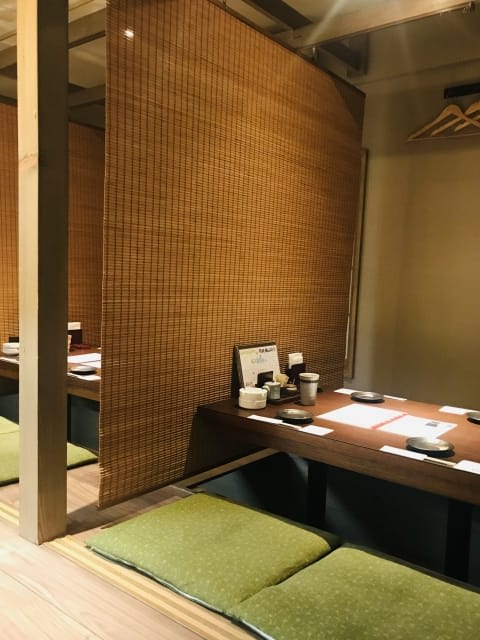
Understanding Japanese food culture is key to enjoying meals at Tokyo restaurants more deeply. When I guide friends from overseas, I often start by explaining Japanese food culture. That understanding transforms a simple meal into a special cultural experience.
First, it's important to note that in many izakayas, you need to take off your shoes. When I first took a foreign friend to an izakaya, they were puzzled about taking off their shoes, but they really enjoyed the experience of relaxing on tatami mats. It's a good idea to check beforehand if your socks have any holes.
Greetings before and after meals are also an important part of the culture. "Itadakimasu" is said before the meal, and "Gochisousama" is said after. These words express gratitude to those who provided the meal. My grandmother always taught me that starting a meal without saying "Itadakimasu" was disrespectful to the food. By remembering and using these greetings, you can have a deeper cultural experience at Japanese restaurants.
Table manners during the meal are also important. Particular attention should be paid to how chopsticks are used. For example, sticking chopsticks upright in food or passing food from chopsticks to chopsticks is considered inauspicious in Japanese culture. Also, it's best to avoid hovering your chopsticks over dishes while deciding what to eat (known as "hashiwatashi").
Frequently Asked Questions
There are some questions that foreign tourists often ask when enjoying Tokyo's restaurant scene. I hope that by answering these questions, your dining experience in Tokyo will be even more fulfilling.
Are There Restaurants That Cater to Vegetarians or Vegans?
While options for vegetarians and vegans dining in Tokyo have certainly increased compared to before, I have to be honest and say that the situation is not yet ideal. I've personally struggled to find suitable places when guiding vegetarian friends from overseas.
Also, some traditional Japanese restaurants may find it difficult to accommodate these dietary restrictions. Many Japanese dishes use fish-based dashi (broth), which can be challenging to completely eliminate. For instance, when I visited a long-established tempura restaurant with a friend, even the vegetable tempura was meant to be dipped in a tentsuyu sauce made with fish-based dashi.
While vegetarian and vegan options in Tokyo are definitely improving, it's still a work in progress. Advance preparation and flexibility will lead to a more satisfying dining experience.
Is Tipping Necessary?
The lack of tipping culture in Japan might be surprising for many foreign tourists. When I guide my overseas friends, I always make sure to explain this point.
In Japan, providing good service is considered a given, and no additional reward is deemed necessary. In fact, trying to give a tip might embarrass the recipient or even be considered rude.
To express gratitude, use words instead of money. It's good to remember Japanese phrases like "Gochisousama deshita" (Thank you for the meal) or "Totemo oishikatta desu" (It was very delicious). The staff will be delighted with your words of appreciation.
How Can I Choose Restaurants According to My Budget?
Tokyo has a wealth of restaurants catering to various budgets. From my own experiences ranging from limited student budgets to splurging on special occasions, I can attest to this diversity.
I recommend using Tabelog or Google Maps to set your budget. These apps and websites allow you to filter searches by price range (¥, ¥¥, ¥¥¥, etc.). For example, a method I often use is to first decide on the area I want to go to, and then narrow down options based on my budget.
Also, lunch is often more affordable than dinner. Especially at high-end restaurants, you can sometimes enjoy almost the same quality of food for less than half the price of dinner. One of my favorite strategies is to target the lunch menu of high-end restaurants I want to visit.
Furthermore, conveyor belt sushi and chain restaurants offer reasonable options. At conveyor belt sushi chains like "Hamazushi" or "Kura Sushi," you can enjoy sushi starting from about 100 yen per plate. Set meal chain restaurants like "Yayoiken" or "Matsuya" are also recommended, where you can have a nutritionally balanced meal for under 1000 yen.
In Tokyo, you can find restaurants to suit any budget. By doing some prior research and utilizing these tips, you should be able to have wonderful dining experiences within your budget.
The dining scene in Tokyo continues to fascinate food lovers from around the world with its diversity and high quality. From sushi, ramen, and izakaya to high-end restaurants and theme restaurants, it's no exaggeration to say that the options are endless.
As introduced in this article, Tokyo offers restaurants of all genres, from traditional Japanese cuisine to innovative fusion dishes. Whether it's watching the artistry of sushi chefs up close at a high-end sushi restaurant, enjoying a bowl of ramen at a popular local shop open late into the night, spending time at an izakaya where you can interact with locals, or dining at a high-rise restaurant with breathtaking night views, each experience will become a special memory.
Whatever choice you make, your dining experiences in Tokyo are sure to become wonderful memories. Please enjoy your culinary journey in this city!
